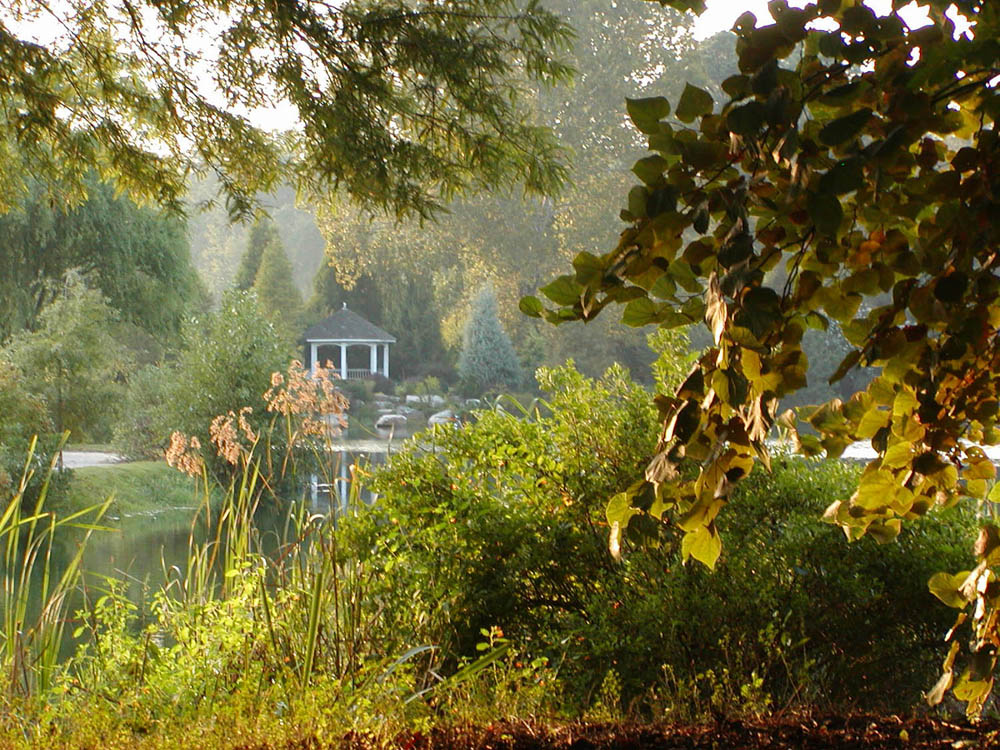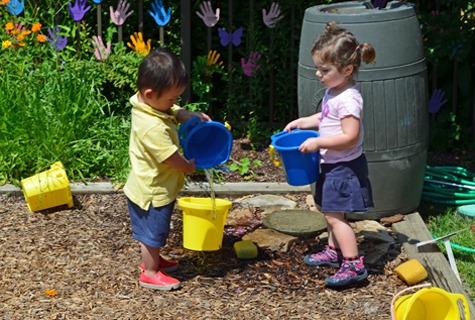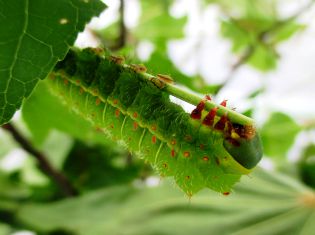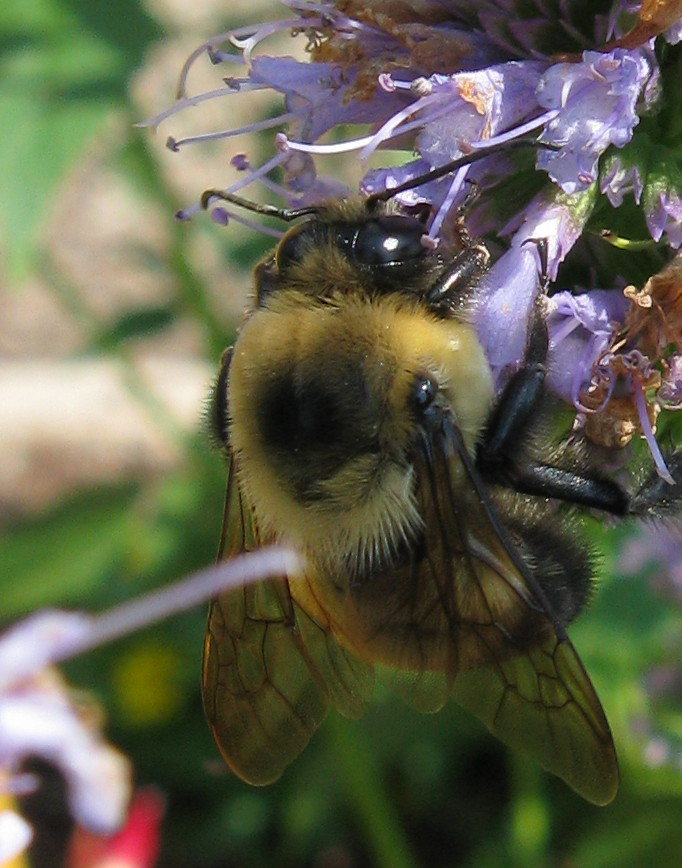A Peace Offering
Peace Essays: Seeing Nature’s Lessons about Peace Through the Eyes of a Child
This week, maybe more than ever, nature’s lessons about living together in peace seem imperative. The Richmond Peace Education Center asked students to write about “Learning Peacemaking from Nature” for the theme of their annual peace essay contest this year. The essays distilled some powerful lessons from nature’s diversity. The students told stories about plants and animals that live together in spite of their differences, sometimes even united in those differences. They wrote about crocodiles whose oral hygiene requirements are met by the plover birds that feed on the scraps they pick from between the beast’s deadly teeth, about oxpecker birds who consider the flying insects that plague rhinos and zebras to be a moving feast, and about remora fish who attach themselves to the underbellies of sharks, hitching a ride and helpfully dining on the shark’s parasites. Each is an unlikely but reciprocal relationship that evolved out
of mutual need. But when the young authors applied the lessons of these symbiotic relationships to their own lives, writing for the peace essay contest, their insights became even more significant. Serving as a volunteer for both Lewis Ginter Botanical Garden, whose mission is education, and as a volunteer judge for the Richmond Peace Education Center essay contest, reprinting excerpts from a few my favorite essays seemed like a great way to connect the two organizations, while sharing with you some profound thoughts about nature and peace from our youth. Be sure to notice the age of the young writers as you read these peace essays…
Diversity is a beautiful thing. The fact that we live in a world where everyone is unique is wonderful. Yet, our differences scare us. Instead of working with those unlike us, we fight them. This world needs more peace.
Maggie McKenna, grade 8, Moody Middle School, Henrico Public Schools
Open your eyes to the world around you, to our true origins of the natural world. We started from the smallest organisms and, through evolution, have the capacity to do greater things than ever imagined in the past.
Amelia Seabury, grade 8, Albert Hill Middle School, Richmond Public Schools
Peace making is to be like butterflies. A caterpillar changes into a butterfly when they go in a cocoon. Butterflies go through this change called metamorphosis. The butterfly is so quiet you cannot hear a peep from it. It goes through the change peacefully. Sometimes when people have to change they complain and argue. Be peaceful when you have to change just like butterflies. Arguments make people feel bad and sad. If we work together everyone will feel better like a butterfly. I like butterflies.
by Sarina Ravji, Kindergarden, Kaechele Elementary School, Henrico Public Schools
Learning about bees and their harmonious community made me think about why humans do not live in peace. It is very interesting to me that such small creatures have a functional society even though the insect brain is incomparable to the human brain. I often think that the ability to learn and comprehend on such a higher level affects the peace of humans. Humans’ greater capability to comprehend and make personal choices creates such a greater area for conflict and disagreement.
by Claire Bowes, grade 9, St. Catherine’s School, Richmond
Last week in physics class, we learned that some animals can see more colors. Bees’ eyes work differently than humans’ do. Bees can see patterns on flowers, while humans can only see a single color. Flowers, to bees, look completely different than they look to me; they are more colorful and extravagant. When I learned this it surprised me because I always assumed everyone saw things the same way that I did. I never considered that there were other types of eyesight. In a symbolic way, this means there is more to someone than what meets the eye. …We should get to know others based on more than just their appearance from the outside. Just like flowers, we have more substance than what meets the eye. The difference in eyesight reminds us that not everyone has the same capability of understanding the feelings of others. Because of this, we need to recognize the challenge of being empathetic towards others and work extra hard to be kind and accepting.
by Abigail Craig, grade 9, St. Catherine’s School, Richmond
These young people have shown me that Mother Nature’s chorus of voices lives together in harmony, each unique note an expression made more beautiful by the contrast that distinguishes it from the others. When our children hear the truth in nature’s harmony, they play it back to us in their own clear voices. What a beautiful thing.
You can read all of the award winning essays on the Richmond Peace Education Center website.



